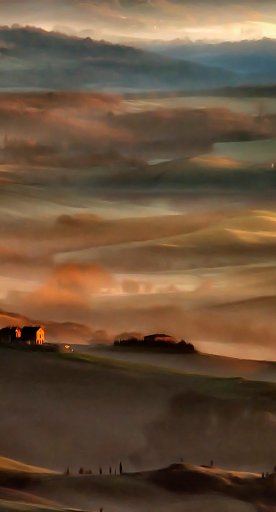Cathedral of Pienza
The Cathedral of Santa Maria Assunta is the Renaissance jewel of the ideal city
The Cathedral of Santa Maria Assunta, Cathedral of Pienza, was designed by Bernardo Rossellino and consecrated in 1462. The building was commissioned by Pope Pius II and overlooks the square named after him.
Once again here, in a very limited space, we also find Palazzo Piccolomini and the Palazzo Vescovile (Bishop's Palace). All these works fit dramatically into the square and express the pontiff's concept of the "ideal city" at its best.
The cathedral, erected on the ruins of the Romanesque parish church of Santa Maria, echoes the Renaissance architectural canons of Leon Battista Alberti. However, we can identify some elements peculiar to French Gothic, such as the two-slope roof, the windows and the beautiful central rose window. The coat of arms with the emblem of the Holy See of Pius II Piccolomini dominates the exterior of the cathedral.
The interior of the cathedral once again reveals an affinity with the Gothic style, as it is divided into three naves of the same height according to the "Hallenkirche" model (a type of "hall" church, which was widespread especially in the German area). In fact, the pope had had the opportunity to admire these churches during his travels in Northern Europe and was fascinated by them.

Embellishing the interior are ornate capitals and panels painted by the most important painters from Siena of the time, such as Giovanni di Paolo, Matteo di Giovanni and Lorenzo di Pietro (known as il Vecchietta, the old man). There is also an altar attributed to Rossellino himself. The apse is divided into three chapels, the largest of which houses the choir.
A pivotal point in Pius II's grand design, the Cathedral of Pienza was a symbol of his great power, and today it is considered one of the most important monuments of the Italian Renaissance.









